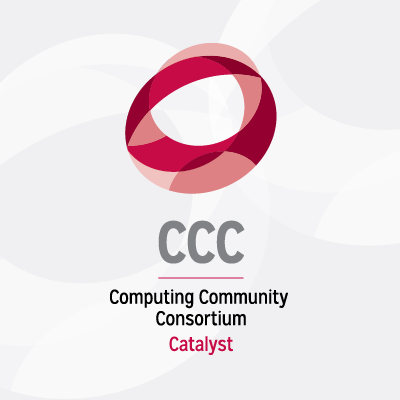
CCC’s recent Computing Futures Symposium brought together leading minds in computer science for a dynamic panel discussion, expertly moderated by Mark Hill (University of Wisconsin – Madison). This expert panel, featuring Margaret Martonosi (Princeton University), Brent Hecht (Microsoft Research), Charles Leiserson (Massachusetts Institute of Technology), and Rajmohan Rajaraman (Northeastern University), delved into critical issues facing the field, from the future of quantum computing to the societal impact of artificial intelligence (AI) and the enduring quest for performance optimization.
Key Perspectives and Insights
Martonosi kicked off the discussion with a passionate plea for computer science expertise in the burgeoning field of quantum computing. Acknowledging that quantum is still in its “Wild West” phase, she highlighted its unique opportunity for fundamental contributions in areas like instruction set architectures and electronic design automation, mirroring the foundational work of pioneers like Carver Mead and Lynn Conway in classical computing. Martonosi emphasized the critical interplay between classical and quantum systems, particularly for quantum error correction, presenting an exciting new frontier for accelerated computing.
Hecht brought a crucial industry perspective, spotlighting two “mission-critical” problems: AI’s existential data crisis and the need to steer AI innovation towards human augmentation rather than substitution. He argued that without robust property rights and functional markets for data, the AI economy remains on shaky ground. Hecht stressed the vital role of academic leadership and government partnerships in addressing these issues, warning that without a shift towards a data-driven, augmenting AI economy, the U.S. risks undermining its national competitiveness.
Leiserson, a long-time MIT professor, delivered a compelling argument for renewed investment in software performance engineering. Declaring Moore’s Law “dead,” Leiserson asserted that future performance gains will increasingly come from optimizing software, not just hardware. He drew an analogy to Adam Smith’s “value in use” versus “value in exchange,” positioning computing performance as a vital “currency” that enables innovation. Leiserson lamented the widespread ignorance of software performance engineering among developers and highlighted the national security implications of other countries, like China, already excelling in this domain.
Rajaraman championed the critical need for “rigor, proofs, theorems, and understanding” in new computing artifacts. He argued that as AI systems become integral to scientific discovery and development, trustworthiness and verifiability are paramount. Rajaraman acknowledged the inherent challenges in specification and verification for complex AI systems but emphasized the exciting opportunities at the intersection of formal methods and generative AI, leading to verifiable proofs and trustworthy systems, crucial for public faith and preventing potential disasters.
Shared Themes and Challenges
Together, the panel further explored the “why now” and risks associated with these challenges. Martonosi underscored the current infrastructural opportunity in quantum computing and the vital need for computer scientists to collaborate with physicists. Hecht expressed cautious optimism about the growing recognition of data property rights and the emergence of new AI paradigms that rely less on massive data subsidies. Leiserson reiterated the dire risks of not investing in software performance engineering, citing the advancements made by adversaries like China and the potential for a diminished US innovation stream. Rajaraman underscored the societal risks of unverifiable systems and the ongoing challenge of adapting verification methodologies to the rapidly evolving landscape of AI-generated artifacts.
Looking Ahead: Collaboration and Engagement
The discussion also touched on the broader societal perceptions of computing, with a lively exchange on making “boring” topics like data rights and security more engaging for the public. The panelists highlighted the role of robotics and the inherent satisfaction of optimizing code as avenues for engagement.
Mark Hill concluded the panel with a poignant quote from Alan Kay, “The best way to predict the future is to invent it,” a fitting call to action for the computing community to collaboratively address these grand challenges and shape a more robust, trustworthy, and beneficial technological future.









